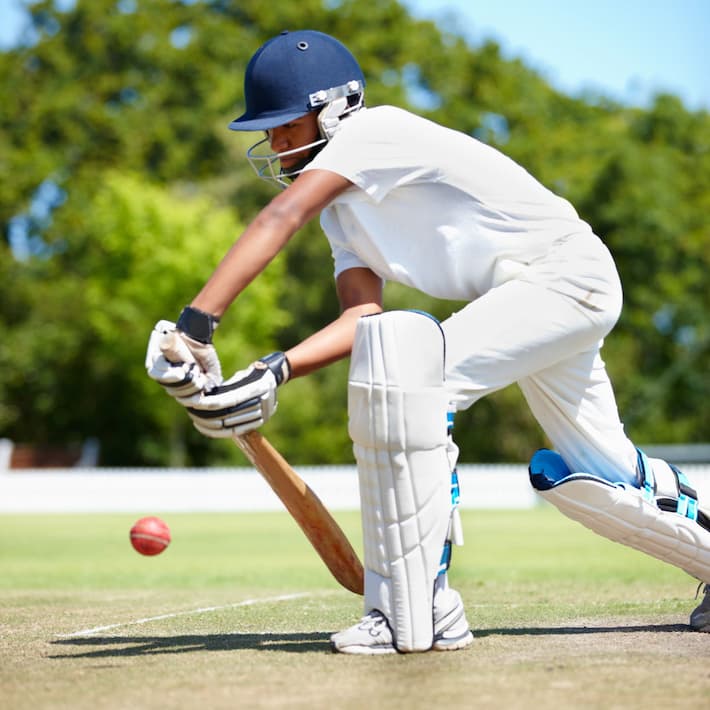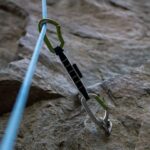The history of cricket in England is fascinating. Cricket dates back to Norman times and has been a part of English culture ever since. Although the rules have evolved and become more complex since those early days, the fundamentals of a bowler tossing a ball at a batter to strike have remained the same.
Cricket is a sport that necessitates a variety of equipment to be safe and played at full potential. This includes protective equipment, cricket training equipment, and cricket ground equipment. It’s good to know what to look for when choosing cricket equipment as well as what cricket training materials are available on the market to assist you in developing your skillset.
What Every Batsman Needs

Cricket may be a dangerous sport if not properly equipped, thus health and safety precautions should be taken. Whether you are a professional cricketer facing fast bowlers at 80mph, or just starting, there are a few pieces of cricket equipment along with the right batting pads that every batsman should have.
For example, consider a lower bodyguard which provides more all-around protection than a standard high guard, protecting both thighs and the front hip. A helmet, wicketkeeping pads, inner gloves, an abdominal protector, and wicket-keeping gloves are all required for batsmen. To fully protect yourself, you might also consider acquiring an armed guard or a chest guard. Better quality equipment can also offer you more protection.
Cricket batting leg guards are also required. They are vitally necessary for the safety and protection of a batsman. There is a wide range of cricket pads available, including brands used by the pros. Cricketers shop at all levels, from the village green to the professional circuit, so you’ll find a good selection of batting pads online. Shop for men’s, junior, and women’s cricket pads today and gain the confidence you need to face any bowler.
Batsmen wear gloves that are distinct from the gloves worn by wicket keepers. When compared to thinner wicket keeper gloves, these are fairly highly cushioned at the top of all five fingers. Webbed fingers on wicket keeper gloves are used to help wicket keepers catch the ball.
Training and Ground Equipment

Bowling machines, artificial coaching turfs, and cricket nets/lanes can be classified as both training and ground equipment. They are an important part of your cricket ground that is aimed to raise the performance levels of your membership.
Bowling devices from reputable brands, such as Flicx or Bola, are now regarded as essential purchases as much as your batting pads are for any ambitious cricket club aiming to improve the abilities of its players. With its capacity to pitch the ball in a constant position on the pitch – and even impart swing and spin – a bowling machine is an excellent method to turn your worst shots into strengths.
Every major cricket ground will have its cricket nets and training pitches to simulate a match environment and provide excellent training conditions for mid-week cricket sessions. Cricket nets allow for safe practice and are practical, whilst cricket coaching pitches are designed to help with technical improvement. Some village cricket teams still use artificial grass for match days because it requires less upkeep than a traditional cricket square.
Practice is Key

There are numerous pieces of equipment, both large and small, that can help you improve your game and raise the level of your squad. Thin practice cricket bats to train your eye are available, as are practice training balls to assist you to polish your batting skills, removing your shortcomings in spin or swing bowling, or testing your fielding reflexes.
There is also training equipment, such as crazy catch nets, that can help you develop your fielding talents even if none of your friends is around to train baseball-inspired catching mitts. A side-arm cricket ball launcher, and batting tees are among the other items available.
Fitness training equipment, such as training hurdles and training ladders, can help you improve your stamina for the new season. By getting any of this equipment, you are truly giving yourself the best chance to improve your game, and it is well worth the investment.
The Right Clothing and Shoes

In every match, cricket players are expected to wear a polo t-shirt much like they’re expected to be protected with the suitable batting pads and chest guards. Depending on the temperature, long-sleeved polo t-shirts, as well as a woollen jumper or vest, are also worn. In addition, players typically wear white long slacks. Baseball caps, sun hats, and cricket caps are all permitted headwear. As for footwear, players wear spiked shoes to boost traction on the playing surface.
Most bowlers will agree that continually crashing into a crease line all afternoon is not the most pleasant experience. As a result, the stress on the planting foot can be immense, and the body’s natural impact absorption mechanism of pronation (flattening of the foot arch) is pushed to a test.
This repeated, forced ‘over-pronation’ is a significant cause of injury, frequently causing shin splints and even harming the hips and low back if proper shoes are not worn. So, if you’re a ‘high-impact’ bowler, whether you have a natural over-pronating gait or not, make sure you offer your arches the best support available by wearing properly structured bowling shoes.



